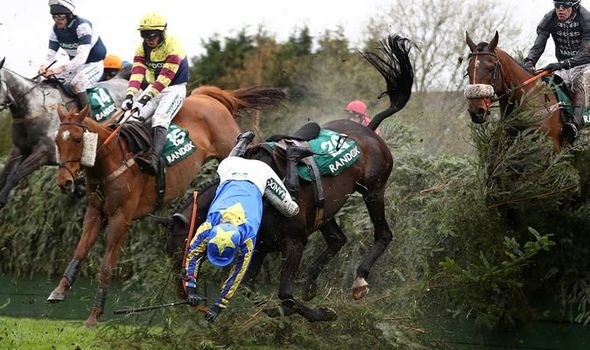-
Grand National 2023. What we learned from it.

Another year, another Grand National, the usual outrage, drama and spectacle, but this year the added excitement of an Animal Rising invasion, but what did it achieve?
-
The London airport monkey run.

The London Airport monkey run involved the suffering and death of thousands of monkeys. So many that the media dubbed it the massacre of the monkeys.